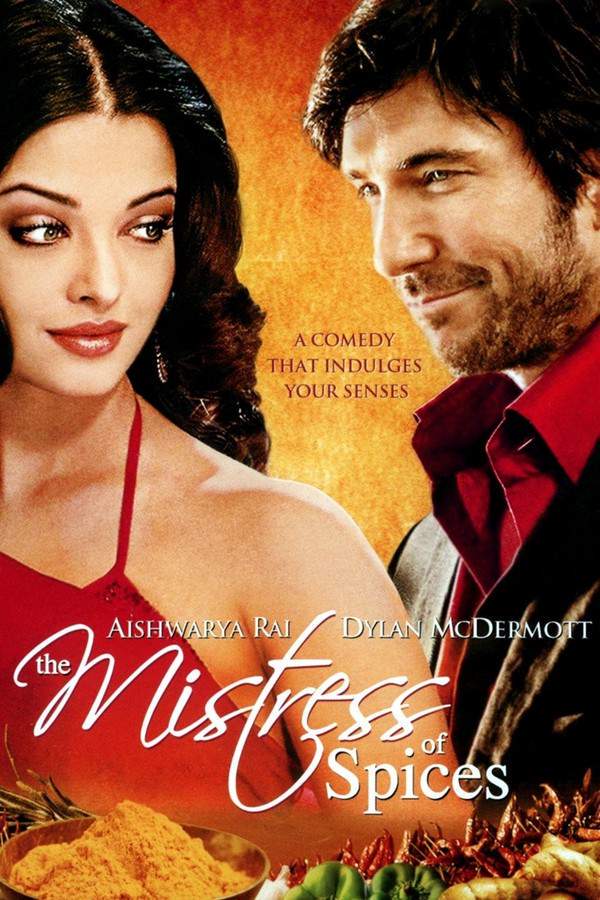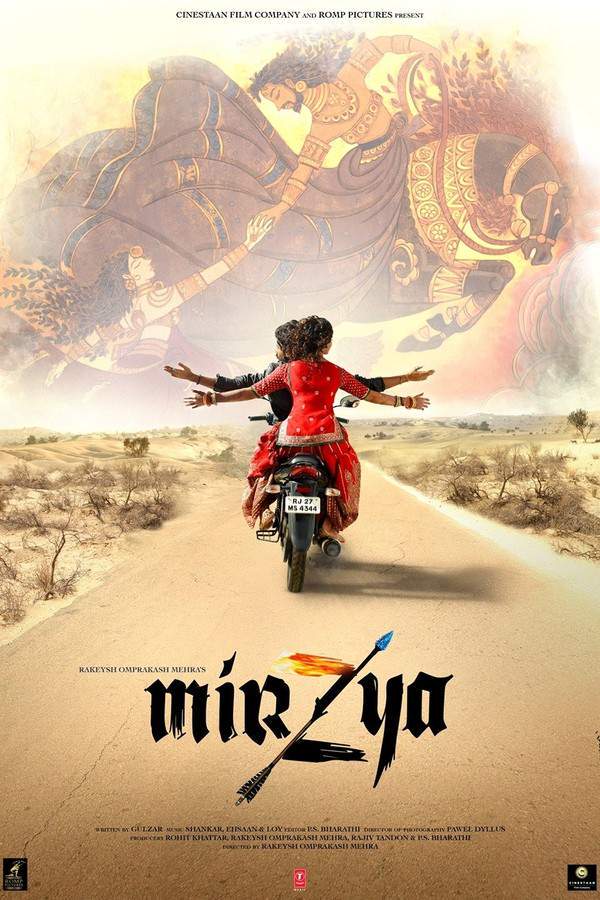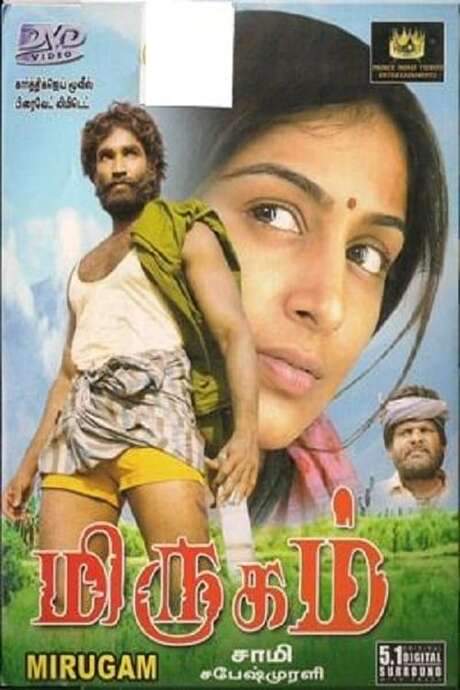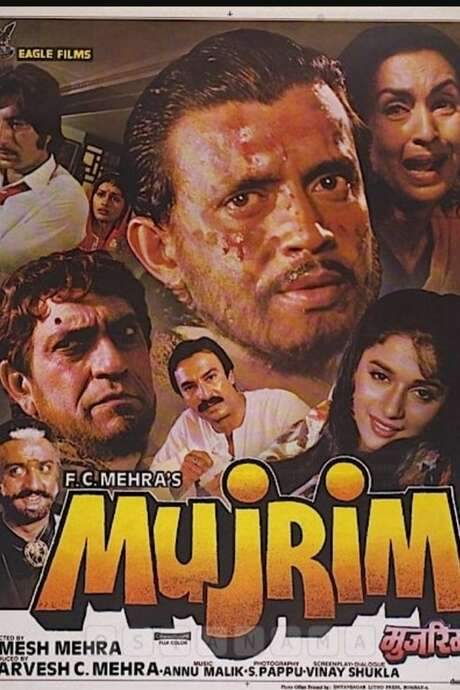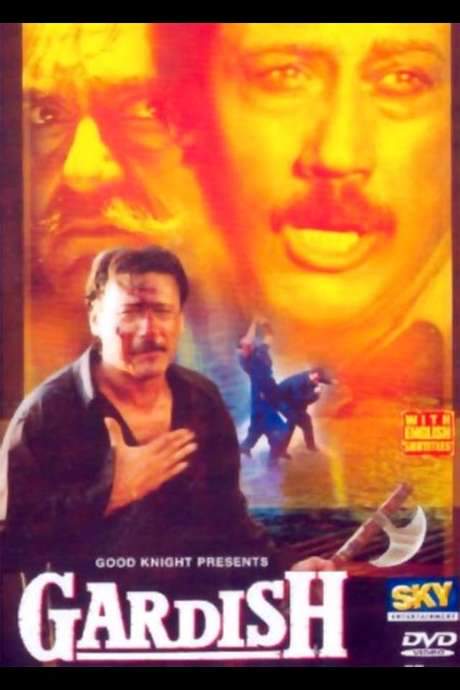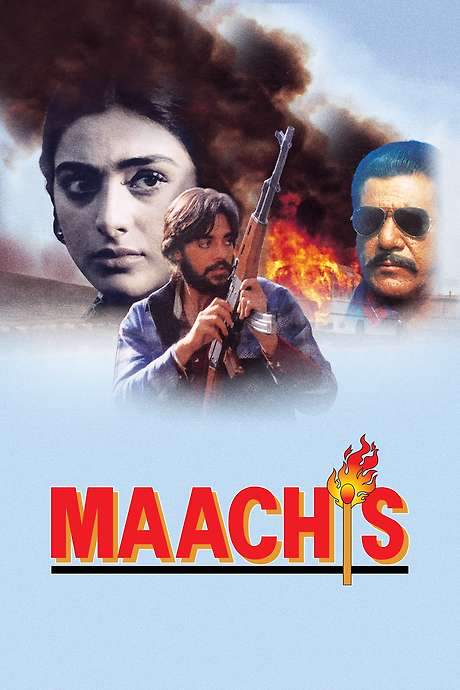
Mirch Masala
Year: 1987
Runtime: 121 mins
Language: Hindi
Director: Ketan Mehta
In early‑1940s rural British India, a courageous woman confronts the tyrannical village subedar. Backed by the guard of the local spice factory, her defiance sparks other women to join the struggle, uniting to challenge the entrenched oppression.
Warning: spoilers below!
Haven’t seen Mirch Masala yet? This summary contains major spoilers. Bookmark the page, watch the movie, and come back for the full breakdown. If you're ready, scroll on and relive the story!
Mirch Masala (1987) – Full Plot Summary & Ending Explained
Read the complete plot breakdown of Mirch Masala (1987), including all key story events, major twists, and the ending explained in detail. Discover what really happened—and what it all means.
In the early 1940s, an arrogant Subedar, Naseeruddin Shah, the local tax collector in colonial India, and his henchmen ride into a village, casting a shadow over a group of women who are fetching water. Among them, Sonbai, Smita Patil, stands her ground and politely asks that horses not be allowed to contaminate the village’s potable water source.
Subedar settles into his camp while the Mukhi, Suresh Oberoi, visits to pay respects. The Subedar’s gramophone becomes an object of fascination for the men, a small portal to a world beyond the fields they know. The Mukhi’s frequent absence from home breeds tension with his wife, and the schoolmaster, Benjamin Gilani, tries to persuade her to enroll their only daughter in school. When she finally enrolls, other women mock her, a reminder of the social pressures that weigh on them all. The Mukhi drags his daughter away and viciously beats his wife for defying him. The Mukhi’s younger brother, Mohan Gokhale, is secretly in love with a girl from a lower caste, but he dares not speak of it aloud. When their liaison is discovered, the girl’s father steps in with force, attempting to arrange a marriage, but the Mukhi rejects the proposal as unsuitable, revealing the rigid codes that govern their lives.
The Subedar’s men routinely raid the village for food, livestock, and other supplies. When Mukhi brings a woman to the Subedar, the ruler is disappointed that she isn’t Sonbai, yet he beds her nonetheless and continues to press his claims. Sonbai resists, but the Subedar’s demands grow more aggressive, and she finally slaps him and runs away. Enraged, he orders his soldiers to seize her. She seeks refuge in a masala karkhana, a spice factory where red chillies are ground into powder. Abu Mian, Om Puri, the wizened gatekeeper and factory guard, shuts the factory doors and blocks the soldiers from entering. He refuses to compromise on his duty to protect the workers.
The Subedar issues threats to raze the village unless Sonbai yields. To counter this, the Mukhi convenes a village panchayat, but the assembly blames Sonbai for provoking the Subedar and stubbornly insists she surrender. The schoolmaster warns that yielding once will invite further demands, possibly even against the mukhi’s own wife. The Mukhi strikes him and ejects him from the gathering. He then reports that they will hand over Sonbai to placate the Subedar, on the condition that the Subedar refrain from making additional demands; the Subedar, however, laughs off this compromise and has the schoolmaster tied to a post.
Pressure mounts on Sonbai, and even the women inside the factory grow wary of her, fearing that resistance may invite further abuses. Yet Sonbai remains resolute, bolstered by a quiet courage. Abu Mian chides the Mukhi and the villagers, reminding them that they may lord it over their wives at home, but they are not men enough to face the Subedar when he arrives with real force.
When the Subedar orders an assault on the factory, his soldiers smash the doors. Abu Mian manages to shoot one attacker, but is killed immediately afterward. The Subedar ventures into the factory and tries to seize Sonbai, but the women inside rise up in defense. They attack in coordinated teams, hurling bagfuls of lal mirch masala (fresh ground red chili powder) at the intruders, using the element of surprise to turn the tide. The Subedar ends up on his knees, his face and eyes burning from the chilli, as the women’s fearless resistance triumphs in a moment of collective courage. The film closes on this hard-won stand, a stark portrait of resistance against oppression and the power of solidarity among those who are told they have nothing to lose.
Last Updated: October 09, 2025 at 14:38
Unlock the Full Story of Mirch Masala
Don't stop at just watching — explore Mirch Masala in full detail. From the complete plot summary and scene-by-scene timeline to character breakdowns, thematic analysis, and a deep dive into the ending — every page helps you truly understand what Mirch Masala is all about. Plus, discover what's next after the movie.
Mirch Masala Timeline
Track the full timeline of Mirch Masala with every major event arranged chronologically. Perfect for decoding non-linear storytelling, flashbacks, or parallel narratives with a clear scene-by-scene breakdown.

Similar Movies to Mirch Masala
Discover movies like Mirch Masala that share similar genres, themes, and storytelling elements. Whether you’re drawn to the atmosphere, character arcs, or plot structure, these curated recommendations will help you explore more films you’ll love.
Explore More About Movie Mirch Masala
Mirch Masala (1987) Scene-by-Scene Movie Timeline
Mirch Masala (1987) Movie Characters, Themes & Settings
Mirch Masala (1987) Spoiler-Free Summary & Key Flow
Movies Like Mirch Masala – Similar Titles You’ll Enjoy
Miral (2011) Detailed Story Recap
The Mistress of Spices (2006) Plot Summary & Ending Explained
Mirzya (2016) Full Movie Breakdown
Miriam (2007) Ending Explained & Film Insights
Girls Will Be Girls (2024) Ending Explained & Film Insights
Mirugam (2007) Full Summary & Key Details
Saugandh (1991) Plot Summary & Ending Explained
Mujrim (1989) Story Summary & Characters
Shimla Mirchi (2020) Plot Summary & Ending Explained
Churails (1000) Full Summary & Key Details
Mirror (2022) Ending Explained & Film Insights
Gardish (1993) Film Overview & Timeline
Mirza Ghalib (1954) Movie Recap & Themes
Mother India (1957) Ending Explained & Film Insights
Maachis (1996) Detailed Story Recap




